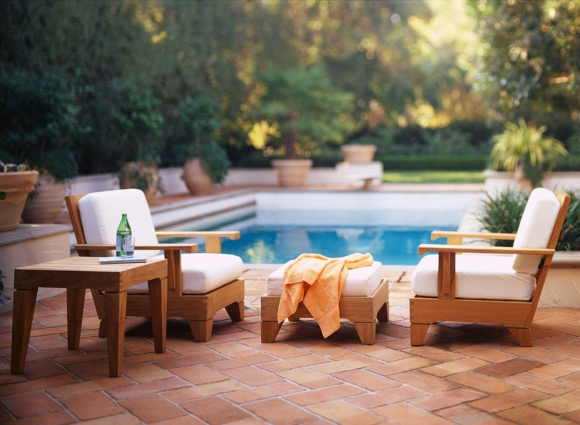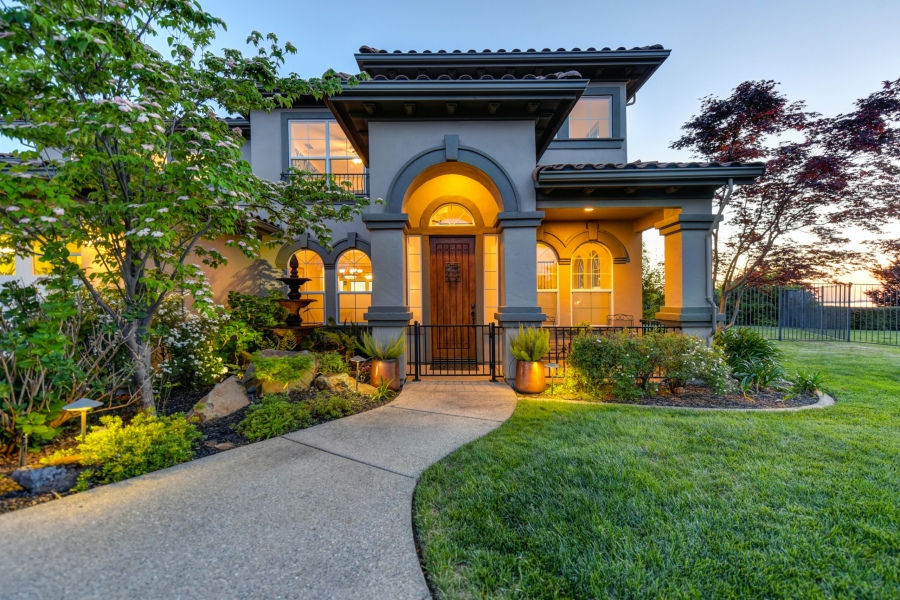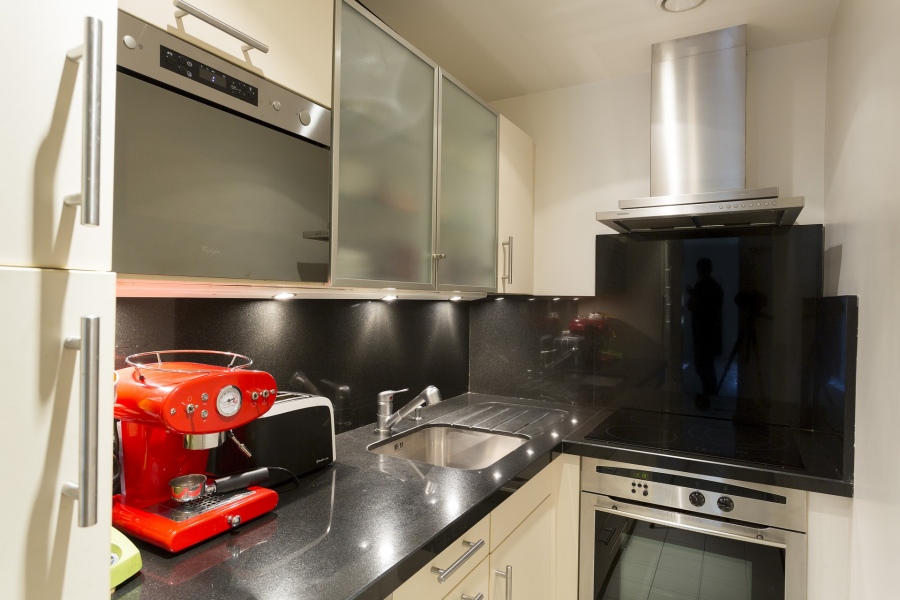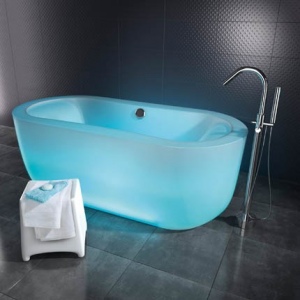Since the Great Recession of 2008, you’ve had to learn to do more with less. Creating that packed and bustling cottage garden may seem out of reach when you can’t devote much spare cash to landscaping. Fortunately, landscaping has followed the “less is more” zeitgeist, and minimalism has become the norm.
Minimalism utilizes fewer plants, combining a few linear trees, perennials and shrubs with larger landscaping features that are often made of repurposed materials. Strong architectural lines, hardscapes that last and multiples of the same plants make up the essentials of the minimalist landscape.
Start with a Landscape Design
To design a minimalist landscape, begin with structural elements and hardscapes because these will take up most of your budget. Do you want low walls around your garden with a high wall at one end? Do you want to cover the floor of your garden with crushed stone, or do you prefer the woodsy allure of mulch?
Features like sculptures and modern fountains work well for urban gardens and contemporary homes while large stones from the surrounding environment work better for more rustic settings and traditional structures. Think of your minimalist landscape as an outdoor room that serves as an extension of your home. Don’t forget seating and, if you plan to do outdoor cooking, don’t forget an elegant fire pit or a modern grill enclosure.
Add the Plants
With most gardens, the plants serve as the focal point for planning. In the minimalist garden, the plants work to highlight the hardscape features. Lining each side of your garden with thin but sturdy trees will draw the eye inward toward a large feature wall. If your landscape has more of a natural look, then a colorful single tree and a few green plants like hostas will break up the earth tones. Choose your plants carefully and don’t worry that you’ve added too few. You can always plant more later if your garden feels too sparse.
Enclose with Fencing
Minimalist fencing works best when it draws both materials and structural lines from your home’s architecture. For instance, if your home’s primary material is brick, then consider a brick fence with color that either matches or complements your home’s exterior bricks. Iron fences with minimal scrolling provide a natural minimalist look, or you may prefer a concrete or stone fence. At the same time, don’t forget privacy. Most minimalist fences stand between four and 6.5 feet (1.2 and two meters). If you don’t want just anyone peering into your new minimalist landscape, then choose fencing materials that protect your personal space and a fence height that makes you comfortable.
Putting It All Together
You may enjoy landscaping on your own, but you should consider hiring a professional to create your hardscape. Hire out fencing, feature wall and fountains installations unless you feel confident that you have the time and the DIY skills to deliver quality work for yourself. Then, you can take on the planting and mulching process by yourself. Or you can simply relax while the professionals do the work for you.
Featured images:
- License: Royalty Free or iStock source: http://office.microsoft.com/en-us/images/results.aspx?qu=yard&ex=1#ai:MP900402408|mt:2|
Jessica Bosari writes about landscape design and decor for aluminium fence makers, Fencemakers.com.





